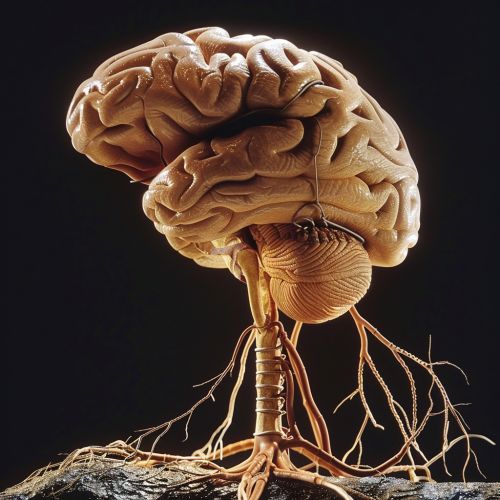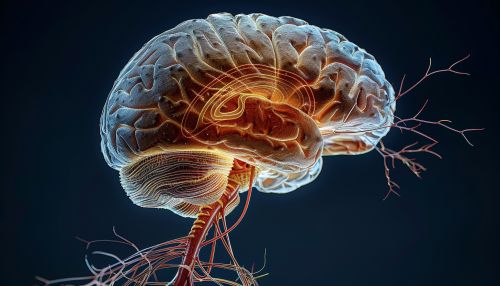Motor system
Anatomy of the Motor System
The motor system is a complex network of neural pathways that facilitate voluntary and involuntary movements. It is composed of the central nervous system (CNS) and the peripheral nervous system (PNS). The CNS includes the brain and spinal cord, while the PNS consists of nerves that connect the CNS to the rest of the body.


The motor system can be further divided into the pyramidal system and the extrapyramidal system. The pyramidal system is responsible for the initiation of voluntary motor function, while the extrapyramidal system helps regulate involuntary motor function.
Central Nervous System
The CNS is the primary command center for the motor system. It processes sensory information received from the body and initiates appropriate motor responses. The brain, particularly the motor cortex, plays a crucial role in planning, control, and execution of voluntary movements. The spinal cord, on the other hand, is responsible for the transmission of motor commands from the brain to the muscles and for certain reflex movements.
Peripheral Nervous System
The PNS connects the CNS to the rest of the body. It is composed of motor neurons that carry signals from the CNS to the muscles. These motor neurons can be classified into two types: somatic and autonomic. Somatic motor neurons control voluntary movements by innervating skeletal muscles, while autonomic motor neurons control involuntary movements by innervating smooth and cardiac muscles.
Function of the Motor System
The primary function of the motor system is to translate neural signals into coordinated muscle movements. This involves a complex interplay between various components of the CNS and PNS. The process begins with the generation of a motor plan in the brain, which is then transmitted through the spinal cord and peripheral nerves to the muscles, resulting in movement.
Voluntary Movement
Voluntary movements are those that are consciously controlled, such as walking, talking, or writing. These movements are initiated in the motor cortex of the brain, which sends signals down the spinal cord via the pyramidal system. These signals are then relayed to the appropriate muscles via the somatic motor neurons of the PNS.
Involuntary Movement
Involuntary movements are those that occur without conscious control, such as the beating of the heart or the contraction of the stomach during digestion. These movements are regulated by the extrapyramidal system and the autonomic motor neurons of the PNS.
Disorders of the Motor System
Disorders of the motor system can result from damage or dysfunction at any level of the motor pathway, from the brain to the muscles. These disorders can be broadly classified into two categories: upper motor neuron (UMN) disorders and lower motor neuron (LMN) disorders.
Upper Motor Neuron Disorders
UMN disorders are characterized by damage to the motor neurons in the CNS. This can result in a variety of symptoms, including muscle weakness, increased muscle tone (spasticity), and hyperactive reflexes. Examples of UMN disorders include stroke, multiple sclerosis, and amyotrophic lateral sclerosis (ALS).
Lower Motor Neuron Disorders
LMN disorders are characterized by damage to the motor neurons in the PNS. This can result in symptoms such as muscle weakness, decreased muscle tone (flaccidity), and reduced reflexes. Examples of LMN disorders include Guillain-Barré syndrome, polio, and peripheral neuropathy.
